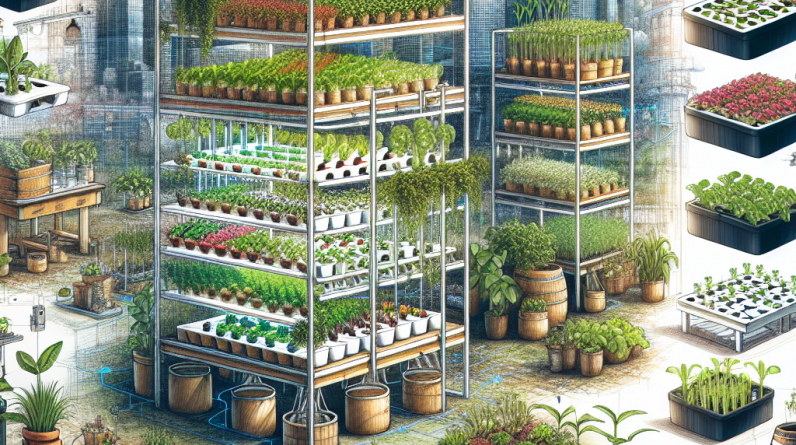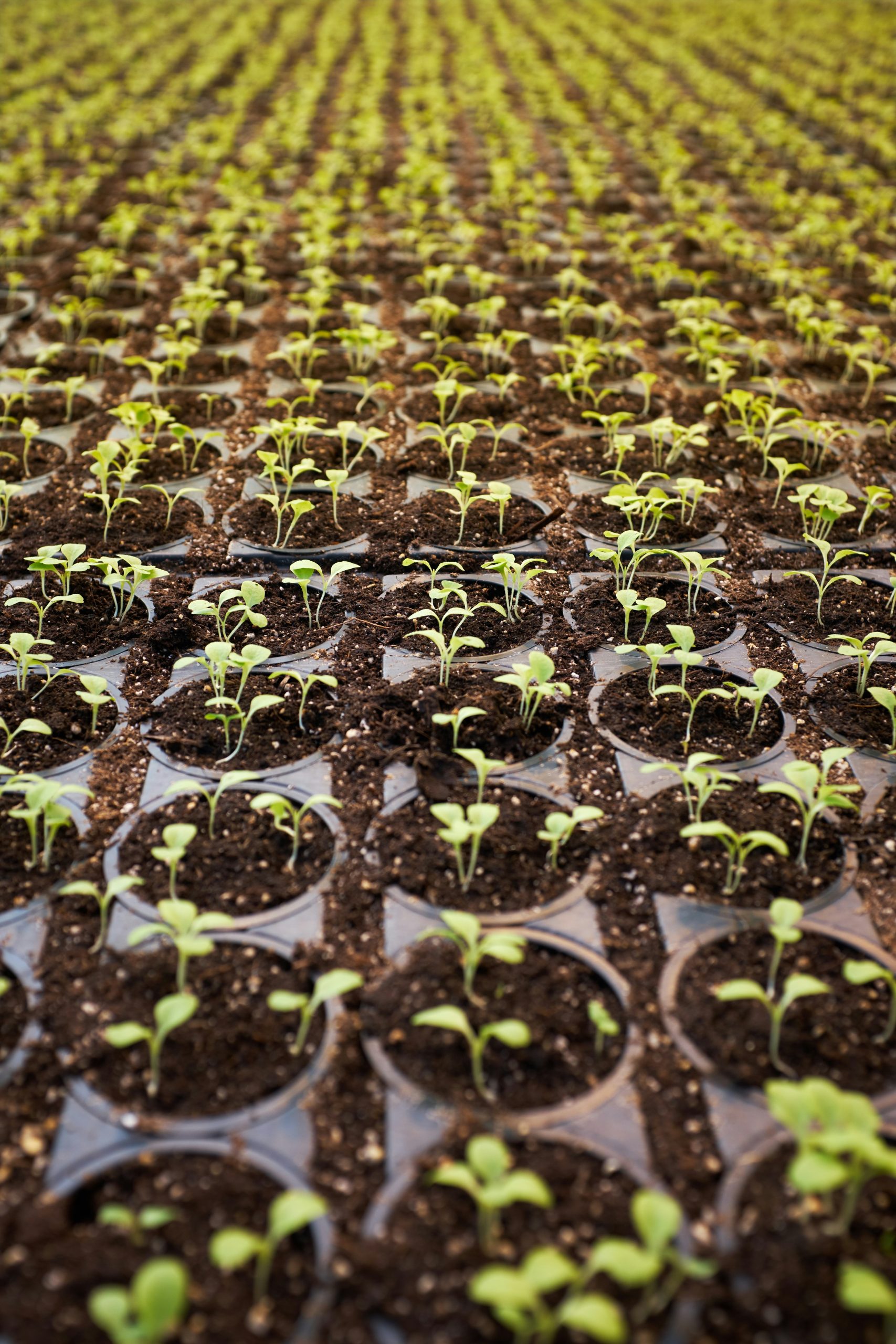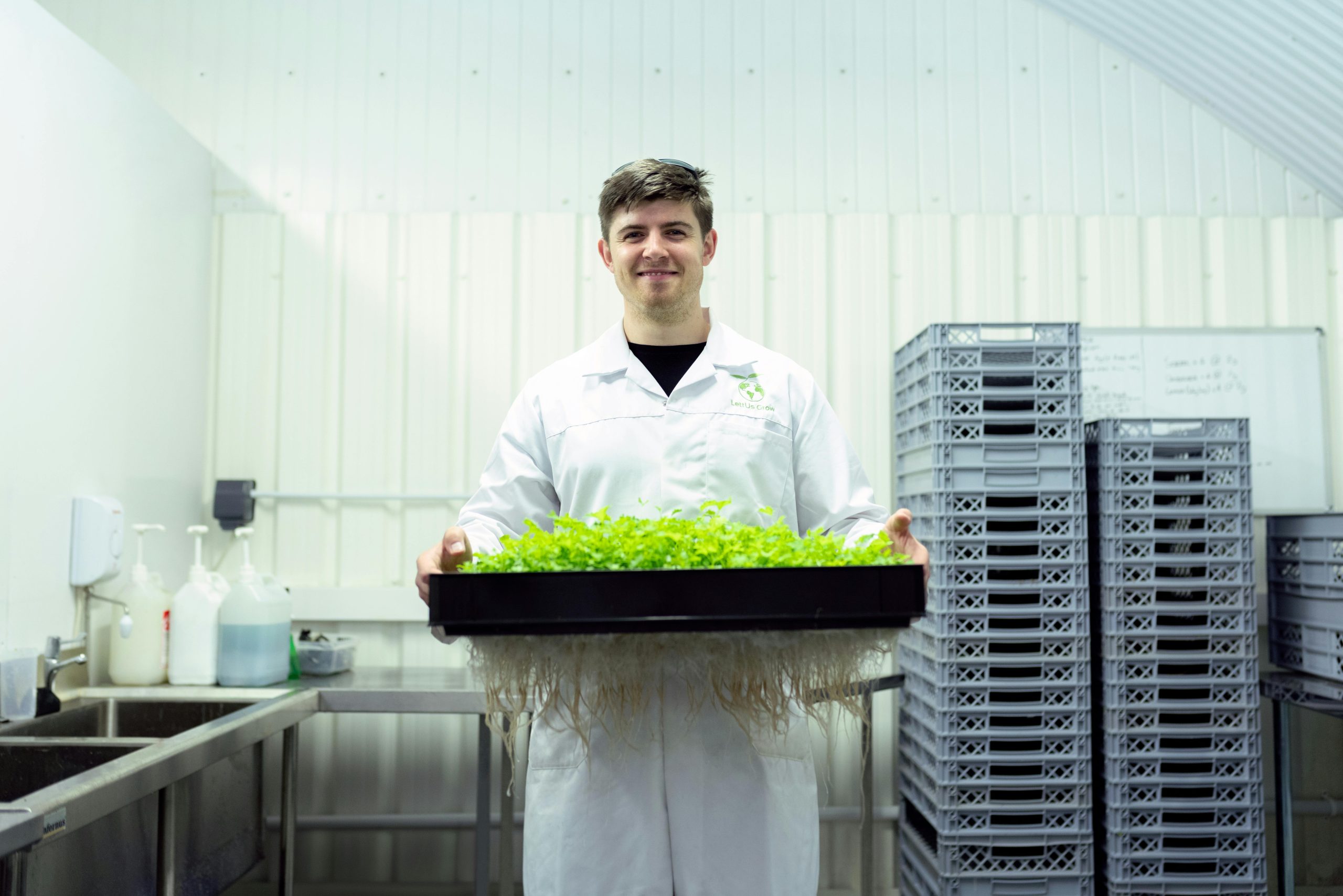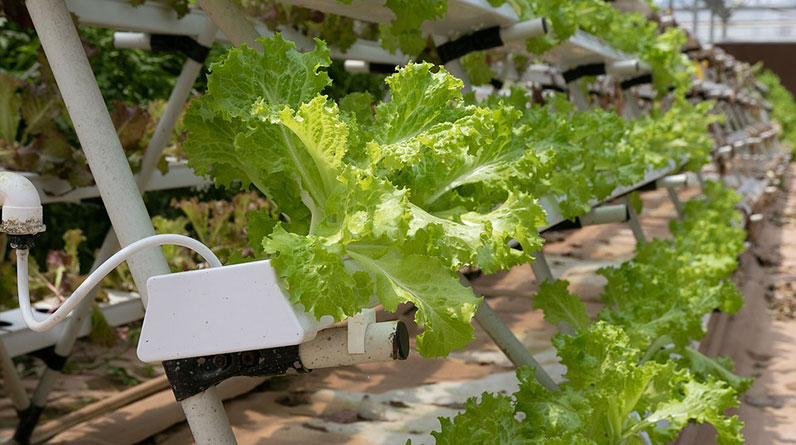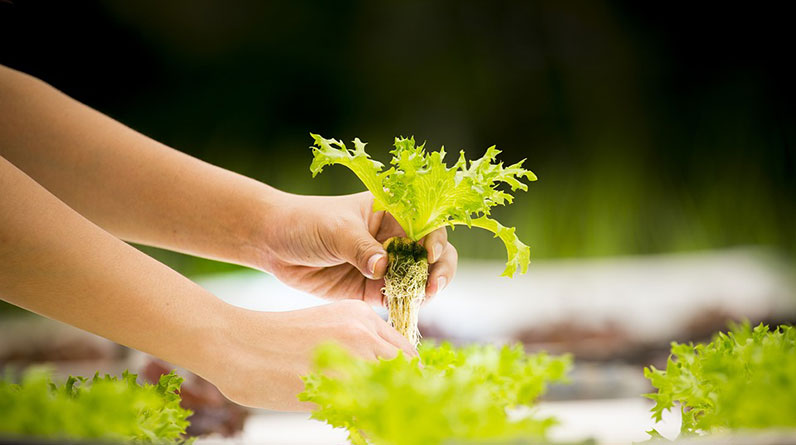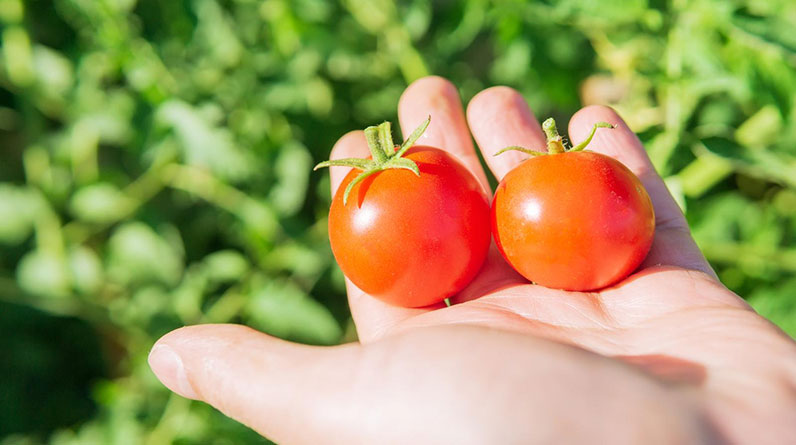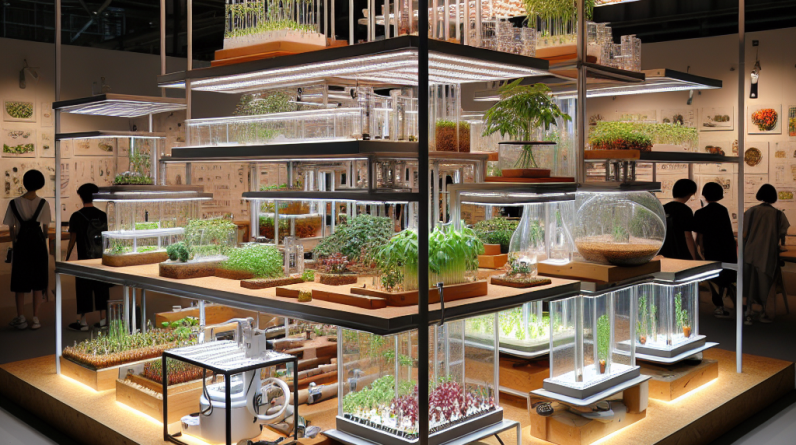
The Basics of Hydroponic Systems
Understanding Hydroponics
So, first things first, hydroponics is all about growing plants without soil. Sounds crazy, right? But let me tell you, it’s a game changer! Instead of soil, plants get all the nutrients they need from a nutrient-rich water solution. It’s a fast, efficient way to grow everything from leafy greens to fruiting plants.
One of the coolest aspects is how hydroponics allows for better resource management. With no soil involved, you can do things like conserve water and use less fertilizer. This means less waste and better yields—that’s a double win for any aspiring gardener or farmer.
Plus, think about it: no soil means no soil-borne pests or diseases! You can really control the growing environment better, which is super important if you want to maximize your crop!”
Types of Hydroponic Systems
There are a few different systems out there, each with its own perks. The most popular ones include Deep Water Culture (DWC), Nutrient Film Technique (NFT), and Aeroponics. Each one has its own flair and is suited for different types of plants and growing conditions.
Take DWC, for instance. In this system, plant roots are suspended in oxygen-rich nutrient water. It’s fairly straightforward and produces stellar results! On the flip side, NFT involves a thin film of nutrient solution flowing over plant roots. It’s a little more complex but can yield some amazing results if managed correctly.
If you’re looking for something really avant-garde, try aeroponics! This method relies on misting plant roots with nutrients, allowing for maximum oxygen absorption. It can sound a bit sci-fi, but trust me, it’s pretty fascinating!
Benefits of Hydroponics
The benefits are endless! First off, you can grow almost anywhere—rooftops, basements, or even a spare room. So if you live in a place with less-than-ideal soil conditions, hydroponics might be your ticket to a thriving garden.
In addition, because these systems are so efficient, you can expect faster growth rates. Some plants can grow up to 30% faster than they would in traditional soil. That’s perfect for those of us who want to harvest sooner!
Lastly, hydroponics promotes sustainable practices. With efficient water use and the ability to control every aspect of the growing process, this could be a key player in addressing food security issues worldwide. And who doesn’t want to contribute to that?
Vertical Hydroponic Gardens
Why Go Vertical?
Vertical hydroponic gardens are a super cool trend that’s been gaining popularity. These setups allow you to stack plants in vertical frameworks, which means you can grow more in less space. Great for urban gardeners or anyone looking to save some real estate!
On top of space optimization, vertical gardens can help improve air circulation. Better air movement means healthier plants and, let’s be real, who doesn’t want that? Plus, it creates a stunning visual effect that can brighten up any indoor or outdoor space.
Let’s not forget about efficiency. Vertical systems usually allow for better access to light on each layer of plants. It minimizes shadowing, meaning each plant gets enough light to thrive without having to deal with the challenges of a traditional garden layout.
Examples of Vertical Systems
Some examples I’ve seen are the Tower Garden and the ZipGrow system. Both are designed to maximize growth while minimizing space and resource use. Tower gardens have a really sleek, modern look and can grow a wide variety of plants. They’re usually made of BPA-free plastic, so no worries about toxins harming your greens.
Then there’s the ZipGrow system, which utilizes vertical grow towers made from durable material. This allows for great root aeration while providing enough support as the plants grow taller. Plus, it’s super easy to set up and allows you to customize your plant placement!
Experimenting with these systems can really open your eyes to the versatility of hydroponic gardening. They’re perfect for urban settings and can easily fit into homes where space is at a premium.
Challenges of Vertical Gardening
Of course, it’s not all sunshine and rainbows. One of the biggest challenges is ensuring that each layer of plants gets enough light. You might need supplemental grow lights, which can drive up energy costs. Balancing cost and efficiency is key here!
You also need to consider the watering system. Since vertical systems often require more complex solutions, you must ensure that your setup can deliver adequate nutrients to all the plants, no matter where they are.
Lastly, regular maintenance is crucial. You’ll need to monitor your plants frequently, checking for pests and keeping an eye on nutrient levels. That sounds like a lot, but with a bit of diligence, it’ll soon become second nature!
Automated Hydroponic Systems
The Rise of Automation
With technology evolving so fast, it’s no wonder that automated hydroponics are making waves in the gardening community. These systems can take a lot of the guesswork out of the process by automating nutrient delivery, lighting schedules, and even pH balance. Talk about a huge time saver!
Imagine being able to set your system up, sit back, and just monitor it from an app on your phone. I mean, who wouldn’t want to garden in their PJs while binge-watching their favorite shows? It’s possible with these systems!
Of course, there’s the added benefit of increased consistency. Automated systems tend to have a higher success rate because they eliminate human error. For beginner gardeners, this could be a great way to ease into hydroponics without feeling overwhelmed.
Integrating Technology
Many of these systems integrate tech like sensors and cameras to monitor plant health, including things like humidity, temperature, and light. Some even have AI-driven algorithms to tweak the nutrient ratios based on what your plants need at any given moment!
Another cool aspect is the ability to connect with other smart devices. You can integrate your hydroponic system with smart thermostats or irrigation systems, creating a seamless environment that’s constantly optimized for growth.
This tech integration isn’t just for geeks, though! It brings the hobby into the modern age, allowing everyone—regardless of their gardening background—to nourish plants with efficiency.
Cost Considerations
Ah, but let’s talk costs. While automated hydroponic systems can save time, they can come with a hefty price tag. Especially if you’re eyeing the high-tech options packed with sensors and smart features. It’s essential to balance your initial investment against potential long-term savings.
You’ll also want to factor in the cost of maintenance. Automated systems might have more components prone to wear and tear. You should always have a budget in mind for replacements or repairs down the line.
But don’t let the costs scare you away! There are budget-friendly options available too. Start small, and you can always scale up later as you get more comfortable with hydroponics!
DIY Hydroponic Systems
The Joy of Building Your Own System
Alright, let’s get crafty! If you’ve got a bit of a DIY spirit, building your own hydroponic system can be a rewarding project. Not only is it fun, but it also allows you to customize it to fit your needs perfectly.
Plus, there’s something incredibly satisfying about growing your food from scratch, especially when it’s a system you built with your own hands. You truly get to enjoy the fruits of your labor! It also gives you an understanding of how the system works, which can be handy down the line.
You can find tons of plans online, from simple Kratky systems to more advanced setups like Ebb and Flow. All you need to do is gather materials and get creative! I’ve built a few systems myself, and each time I learn something new.
Common DIY Hydroponic Techniques
Popular methods for DIY setups include the Kratky method, which is super simple and great for beginners. You don’t need any pumps or moving parts—just a container, water, and a grow light. It’s perfect for growing small crops!
Another option is the Ebb and Flow system. This one does involve some technology, but it allows for greater versatility in what you can grow. It cycles nutrient solution in and out, which can be a fantastic way to nourish your plants!
You can also try building a nutrient film technique (NFT) system. NFT requires a little more work but can yield fast results, so it’s worth the effort if you’re up for the challenge.
Tips for Successful DIY Hydroponics
Alright, if you’re gonna tackle this, here are a few tips to ensure success. First, take your time gathering materials. Invest in quality items instead of settling for something that will break down after a couple of uses.
Another pro tip? Keep a close eye on your nutrient levels. Testing your water often will help you adjust your solution to keep those plants happy and healthy. I always recommend having a good pH meter on hand too—it makes life a lot easier!
Finally, don’t be afraid to experiment! Every gardener has their own unique touch, and trial and error is part of the journey. Don’t stress if something doesn’t go as planned—just adapt and learn from it!
Conclusion
So there you have it! Hydroponic gardening opens up a world of possibilities for anyone looking to grow plants efficiently. From the basics and vertical gardening to automated systems and DIY options, there’s a design for everyone out there. It truly is a fantastic way to explore gardening!
Whether you’re a newbie or a seasoned pro, these innovative hydroponic designs can give you a fresh perspective and possibly some new projects to dive into. Who knows? You might just find your next favorite hobby!
FAQ
1. What is the main benefit of hydroponics compared to soil gardening?
The main benefit of hydroponics is that it allows for faster plant growth and greater control over nutrients and growing conditions. It reduces the risks associated with soil-borne diseases and pests, enhancing overall yield.
2. Are vertical hydroponic gardens suitable for all types of plants?
Yes, but typically leafy greens and herbs thrive best in vertical systems. Fruiting plants may require more space and different light conditions, so it’s essential to choose appropriate plants.
3. How much maintenance do automated hydroponic systems require?
While automated systems reduce some manual tasks, regular monitoring is still important. You’ll need to check nutrient levels and system performance to ensure everything runs smoothly.
4. Can I build my hydroponic system using recycled materials?
Absolutely! Many gardeners successfully use recycled materials. Just ensure that whatever you use is safe for growing food and won’t leach harmful substances into your system.
5. Is hydroponics expensive to start up?
It can be, depending on the system you choose. However, there are budget-friendly options available. You can start small and upgrade as you go, making it accessible for most budgets.


